Welcome back to my Magic for Artists series. If you haven’t read the previous two posts, you should probably do that (I’ll wait here). First there was an intro post, Magic for Artists Part One, that discussed why I think it’s valuable for artists to think about magic and how it can be used as a tool to access our subconscious & our inspiration. After that head to Tarot (and other Decks) for Artists, where I broke down all the things you need to know and should consider if you’re interested in making a Tarot deck—and why your art might be better suited to make a non-tarot deck instead.
Now we’re going to tackle another section of magical thinking, which is how to use symbols to make things happen.
Runes
First we have Runes. Runes are symbolic letters or languages that can sometimes be read as language, but are also signifiers of larger concepts. Runes originated in the Germanic tribes of Europe and spread to Scandinavia around the 1st century AD, although there seems to be a connection to the Etruscan alphabet. The most famous set of Runes are Viking Runes. The legend goes that Odin, the leader of the Norse gods, staked himself to a tree for 9 days in exchange for knowledge, which he then passed onto his people. So there’s always been a magical aspect to the Viking Runes. They are the basis of the Futhark Alphabet, which was used for epic poetry and ballads. Runes are often carved on stones or pieces of wood, and used as a divination tool like Tarot cards or Oracle Cards. Each Rune has a meaning, and you can “throw” a handful of runes and see which come up and how they interact. Or you can pick one at a time. Just like we discussed in the Tarot article, the symbols are just things for your subconscious mind to spark over and find patterns in, which the conscious mind can then interpret and use for inspiration.
Anything can be used as a Rune. Some people use Egyptian Hieroglyphs instead of Viking Runes for the same purposes. You can also make up your own Runes, or use letters from existing alphabets. Whatever sparks your subconscious and feels the most interesting is a potential system for you to use.
The I Ching
While we’re talking about things you can “throw” for divination purposes, there’s also the I Ching (translated as “The Book of Changes”). Dating to roughly 1000 B.C., the I Ching consists of a number of sticks or wands, that form random patterns (known as “hexagrams”) when they fall. These hexagrams act just like Runes or Tarot cards, or Rohshach tests, or even Tea Leaves, which we’re not going to get into here. All these systems are giving your subconscious raw material to look at, and our subconscious mind—desperate to find patterns—will quickly throw ideas and memories and concepts across the subconscious/conscious divide.
Sigils
So if all the tools we’ve discussed so far function as divination tools (the subconscious talking to the conscious) then how do we reverse the current? How do we get the conscious to talk to the subconscious? As we discussed in Part 1, the conscious mind (our more modern, aware, rational, thinking mind) talks in language, but the subconscious mind (the primal original monkey brain) talks in pictures. The kind of “language” the subconscious mind uses is evident in how confusing dreams can be. It’s also evident in how difficult it is to be aware of all the reasons behind all the emotions we have. The subconscious is often where our deepest fears reside. It is where the “triggers” we talk about when we say “trigger warning” live. It’s where habits need to sink in to truly become part of us. It’s also where our inspiration comes from. It’s also the part of the brain reached by hypnosis.
Wouldn’t it be great to be able to control the subconscious a little bit? Or at least influence it? Well that’s exactly what sigils do. A sigil is a symbol that, just like Runes or Hieroglyphs or any Pictogram-based written language like Chinese, carries not only an audible sound, but also an entire concept. Except a sigil is a symbol you make yourself. There’s many many different ways of creating sigils, but at the end you have a symbol that stands for a concept or a desire that is not written out in words. One popular way of making a sigil is to write out a sentence, like “I will get into Spectrum next year” and then condense it down as far as you can possibly go:
You can make the sigil as artistic as you like — you don’t even have to start from the actual words. You’re artists, you make whatever works for you. Then you can “charge” the symbol if you like — which is a fancy name for doing something special to it to really sink it into your memory. You can light candles around it, you can carve it into a candle, smoke it with incense, bury it for a few days, even exercise with it. Whatever feels good to you. Then you put it somewhere you see it often, but kind of by accident, or out of your peripheral vision. Folded up and put in a wallet works. On a sticky note on a mirror or on your computer monitor works. The idea is to let your conscious mind forget about it while your subconscious mind notices it frequently.
Oh yea, you know what are some of the most powerful sigils? Logos. Many of you have made sigils without realizing it.
Now, do I believe you can get into Spectrum just by writing it down on a piece of paper? Of course not. But do I believe it will be kept quietly at the back of your mind, stewing every time you work on a piece? Yes. The subconscious mind is a pattern recognition machine and it notices things and opportunities the conscious mind doesn’t. It then gets the conscious mind to do what it wants by “inspiration” and “hunches”. Your subconscious is literally the “gut” when you’re following your gut. Your subconscious mind now knows this is a priority for you and it will help you achieve it. You kind of “set it and forget it” and you’ll be shocked how often it works. I have found visual artists to be incredibly affected by sigils. They tend to be twice as powerful because we know a lot about powerful mark-making, and we’re also highly attuned to visual information.
Chaos Magic
Really what this entire series has been about is what some people call “Chaos Magic”. It’s not chaotic (it’s just not based on a religious/magic system, it borrows from any other system you like), and it’s not really even magic — Chaos Magic is the umbrella term for figuring out what works even when you don’t know why it works, and continuing to do it. As the saying goes: Any technology so advanced it is incomprehensible is magic.
This topic is a deep wormhole and if you’re interested in finding out more, here’s a list of some resources and further reading:
—Grant Morrison is one of the most visible advocates of Chaos Magic and considers his comic The Invisibles to have been one giant long-form sigil. You can check out his original article called Pop Magic, a section of his book Supergods
, or the recent Heavy Metal special issue on magic he produced.
—Pieces of Eight: Chaos Magic Essays and Enchantments by Gordon White
—The Elements of Spellcrafting by Jason Miller
—Hands-On Chaos Magic by Andrieh Vitimus
—Practical Sigil Magic by Frater U.:D.:
—Condensed Chaos by Phil Hine
Thank you to Dan Cohen, who I talked to about this at IMC last week. Many of the further resources are his suggestions.


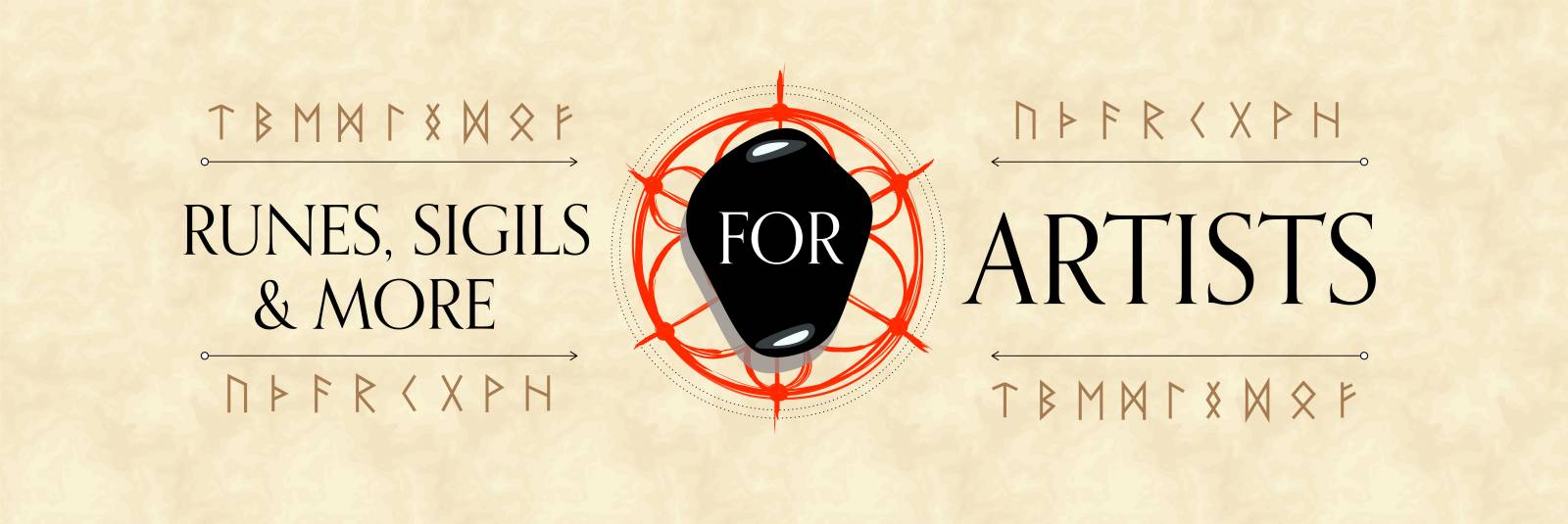

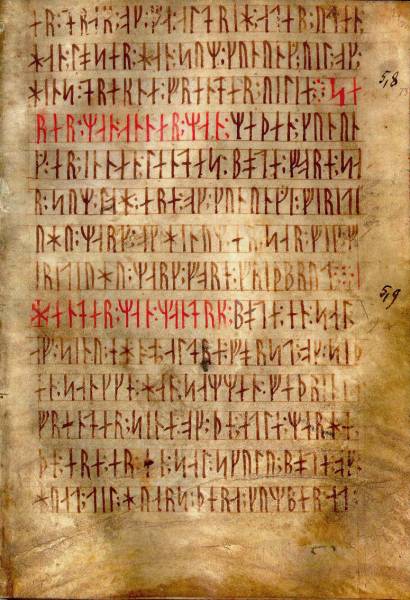
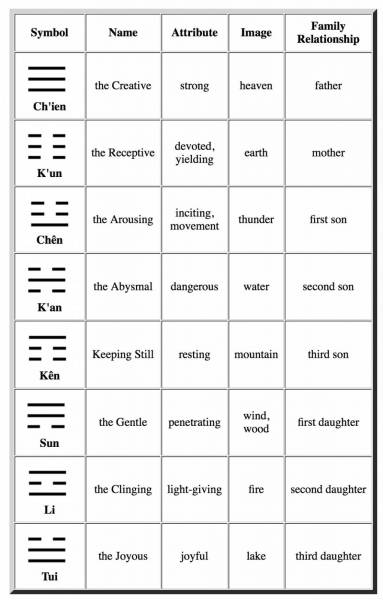
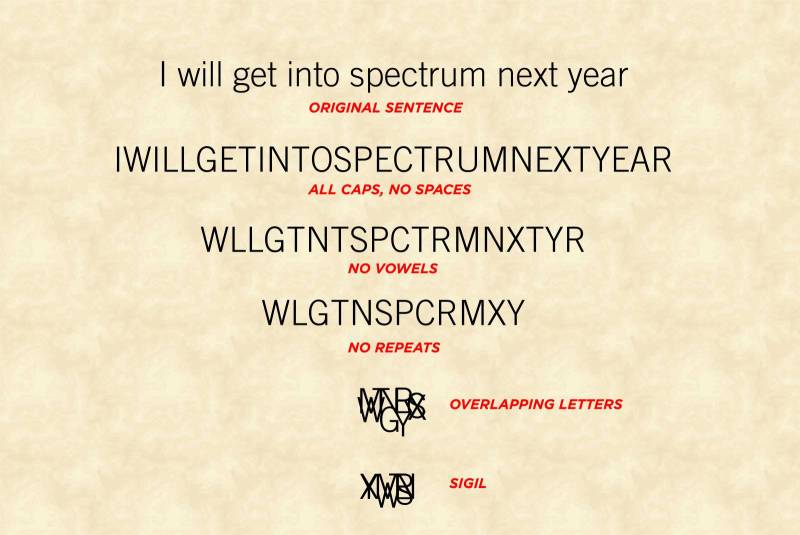
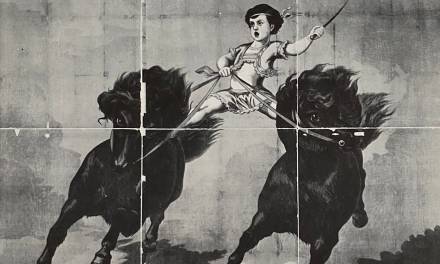
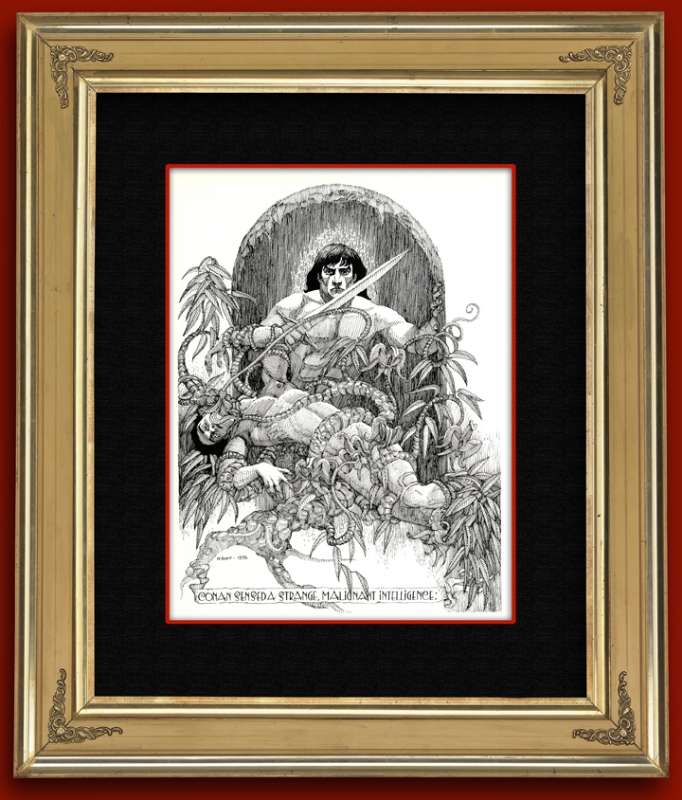

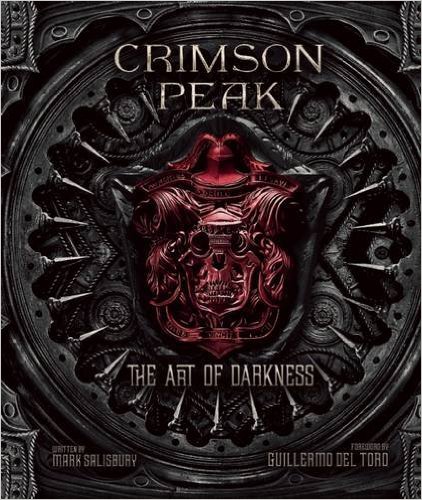

Great timing! Working on a cover right now with lots of sigils!
Definitely talk to Dan Cohen if you need to! He knows tons more than I do.
When I was a kid, a lot of people around me read ‘stuff’. Coffee was the most common, but beans were quite frequent too. At the time, it didn’t register what they were doing was folk magic, it was just something people did
I really enjoyed this article. I’m constantly using symbology and “magic” in my work, it’s nice to see others using the two mediums together
Such a stellar series, I hope you continue exploring and teaching about this very practical and relevant practice for artists. I am so super intrigued. Wonderful articles, thank you Lauren!
Interacting with the world where Spirits and Sprites reside through one’s art, creating sigils and infusing the symbol with energy requires balance in mind, spirit, and hand’s intent. Perception and proper intent are key.
Powerful tools are required by artists to bring light and create beauty sorely needed in a darkening world. A hammer properly wielded can save a home from the wind.
Don’t smash your thumb with a curse.
Or use Thor’s hammer on Creation, making live worse.
If using an Alphabet, inversion may create evil outcomes
live life & love
Bliss